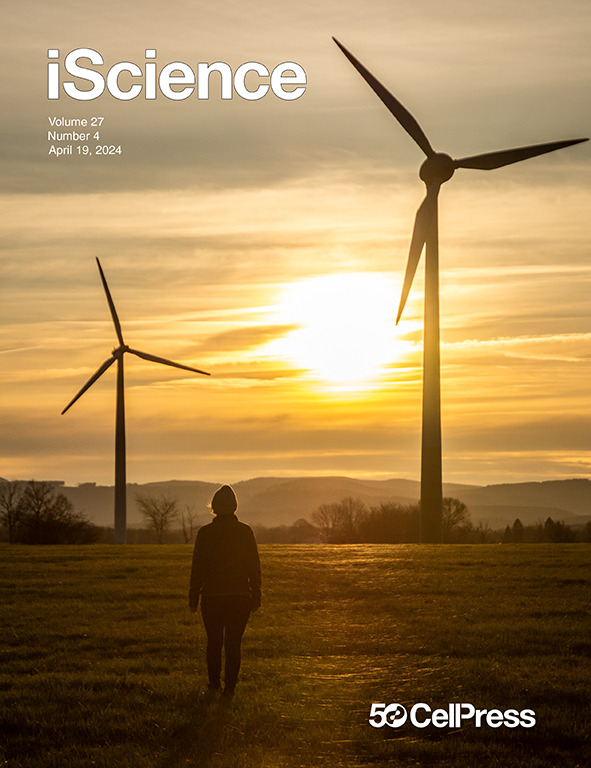Aromatics from fossil fuels and breast cancer
IF 4.6
2区 综合性期刊
Q1 MULTIDISCIPLINARY SCIENCES
引用次数: 0
Abstract
Polycyclic aromatic hydrocarbons (PAHs) from fossil fuels initiate breast cancer in animal models, and in humans a link between PAH exposure and breast cancer risk has been established. In women, it takes approximately two decades for PAH-exposed breast cells to progress to diagnosable breast cancer, and the exposure needs to happen during a time window when breast is vulnerable to PAHs. Further, not everyone exposed to high levels of PAHs develops breast cancer. PAHs are most likely to lead to breast cancer initiation among individuals who were exposed in utero through pregnant mothers to environmental pollutants or maternal obesity or both. These early life exposures are shown to increase daughter’s later susceptibility to breast cancer by causing in the daughter (1) an increase in the number of structures in the breast in which breast cancer initiation takes place, (2) a suppression, perhaps epigenetically, in the ability of cells to repair DNA damage caused by PAHs by inhibiting expression of tumor suppressor genes, or (3) a persistent gut dysbiosis, which then impacts immune cells in the tumor microenvironment. Among the early life environmental pollutants that increase breast cancer susceptibility may be volatile aromatic BTEX compounds. Thus, aromatics from fossil fuels are likely to be involved in causing breast cancer, and efforts should be directed toward reducing human exposure to these compounds to prevent breast cancer.

求助全文
约1分钟内获得全文
求助全文
来源期刊

iScience
Multidisciplinary-Multidisciplinary
CiteScore
7.20
自引率
1.70%
发文量
1972
审稿时长
6 weeks
期刊介绍:
Science has many big remaining questions. To address them, we will need to work collaboratively and across disciplines. The goal of iScience is to help fuel that type of interdisciplinary thinking. iScience is a new open-access journal from Cell Press that provides a platform for original research in the life, physical, and earth sciences. The primary criterion for publication in iScience is a significant contribution to a relevant field combined with robust results and underlying methodology. The advances appearing in iScience include both fundamental and applied investigations across this interdisciplinary range of topic areas. To support transparency in scientific investigation, we are happy to consider replication studies and papers that describe negative results.
We know you want your work to be published quickly and to be widely visible within your community and beyond. With the strong international reputation of Cell Press behind it, publication in iScience will help your work garner the attention and recognition it merits. Like all Cell Press journals, iScience prioritizes rapid publication. Our editorial team pays special attention to high-quality author service and to efficient, clear-cut decisions based on the information available within the manuscript. iScience taps into the expertise across Cell Press journals and selected partners to inform our editorial decisions and help publish your science in a timely and seamless way.
 求助内容:
求助内容: 应助结果提醒方式:
应助结果提醒方式:


